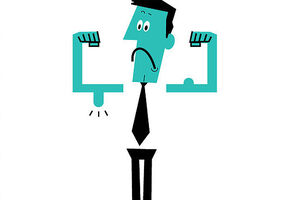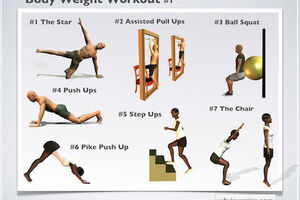Let’s talk muscles
This is a follow-on from my last post about exercise vs activity… but this time we’re getting into the hard stuff, by that I mean muscle!
I wanted to continue the subject of exercise because it’s so current and I’m seeing the effects of inactivity on a worryingly regular basis.
In particular, I’m seeing a lot of post menopausal women with really debilitating joint pain and I’m constantly harping on in my explanations of the “why’s”, and the “what-to-do-now’s” …
So I thought it would be useful to discuss the physiological effects of inactivity, namely Sarcopenia. “What’s that when it’s at home?” I hear you say…Well, it’s the Greek term for ‘poverty of flesh’, sounds nice huh! It’s characterised by the progressive reduction of muscle mass associated with the ageing process.
Let’s start with some statistics…
From the age of 30, we start to lose between 3% – 8% of our muscle mass each decade. It starts sooner than you think, right?
If we combine this with the fact that our society has become more and more ‘automated’ over the years – escalators, lifts, machinery to do manual jobs, computers, smart mobile phones, etc, etc – we are in dangerous territory! We’re moving less than we used to, lifting/carrying less than we used to and our muscles are disappearing before our eyes!

Bearing in mind the previous stat, if a healthy individual of student-age suddenly reduces their activity levels from the recommended 10,000 steps/day to 2,000 steps/day, they could potentially lose 5% of their muscle mass in just 14 days! We all know that feeling of weakness after a sudden bout of illness, and it’s no wonder with muscles wasting so quickly!
Even more worryingly, if an individual of 70yrs or more is on bed rest for 10 days, they’ll lose 10% of their muscle mass. Hence why the recovery time for older people is increased, that’s if they manage to make a full recovery at all. A real issue for them personally and with an ageing population, a huge cost implication for the healthcare provider too.
So, can we reverse the ageing process? Can we prevent loss of muscle mass? Can we reverse loss of muscle mass?
It’s good news! Yes, yes & yes!
It’s the ‘E’ word again… Exercise! But, going for a walk everyday just won’t cut it I’m afraid. We’re talking strengthening exercises using weights. But, don’t worry, you don’t need to go anywhere near a gym if you don’t want to, or even buy any equipment to exercise really effectively and build muscle mass. You can simply use your own body as a weight!
Here are some examples of body weight resistance exercises that you can do at home and if you do them regularly (at least 3 times/week but 5 times/week is better!) you WILL increase your muscle mass:

They’re pretty simple right? No excuses now…everyone has a chair, a doorway and some stairs nearby! Seriously, this is a really good way to start building some muscle, and if you want more of where that came from just get in touch via the Contact Us page on the website and I’d be happy to take you through some more ways to feel the burn!
But, so what if you have greater muscle mass? What actual difference will it make to your life?
Here’s what it’ll do for you:
- Lose weight: bigger muscles use more energy, therefore burning more calories. Our resting metabolic rate increases when we have more muscle mass, potentially leading to weight loss, result!
- Reduce your risk of diabetes: muscles absorb glucose from the bloodstream and store it as energy, so the bigger the muscle the more glucose it attracts! This increases the body’s sensitivity to insulin and reduces the risk of developing insulin resistance which causes diabetes
- Reduce your injury rate: simply put, the stronger our muscles are the more they work to stabilise our joints, protecting them from damage and prolonging cartilage, ligament and tendon health to keep us supple for longer!
- Improve your immune system: muscles are the only place where amino acids are stored. These are the body’s fuel for fighting off disease, so the bigger the muscle tissue the more room available for the helpful little guys to hang out and do their stuff to keep us healthy!
- Live longer: it’s true! The greater your muscle mass, the lower your risk of death. Researchers have found muscle mass to be a greater predictor of life expectancy than the more commonly used Body Mass Index (BMI) which is a measure of body fat ratio.
We can’t argue with that can we!

So, in a nutshell…
Weight training increases muscle mass which will prevent and even reverse Sarcopenia, enabling you to live well for longer.
Think of exercise as a type of medicine: We’d all like to take a pill and feel better, so let’s start thinking of weight training as a pill. It’ll work, you’ll feel better, and you won’t need to rely on anyone other than you to provide it…It’s a no-brainer!
As Hippocrates said: “That which is used – develops ; That which is not used wastes away”
Until next time…
